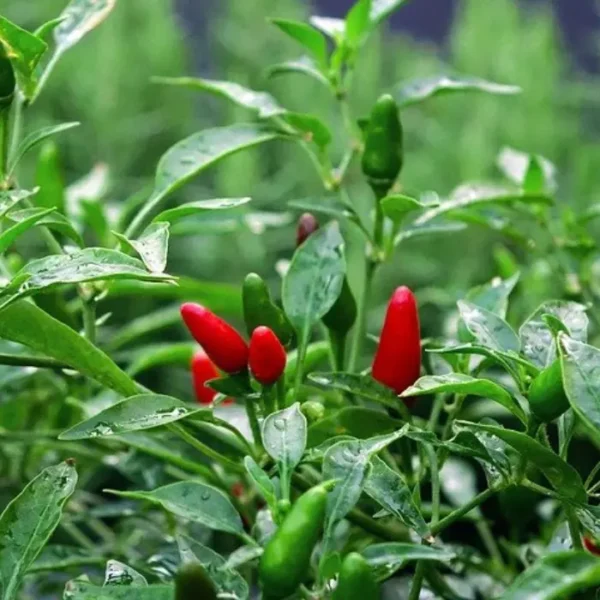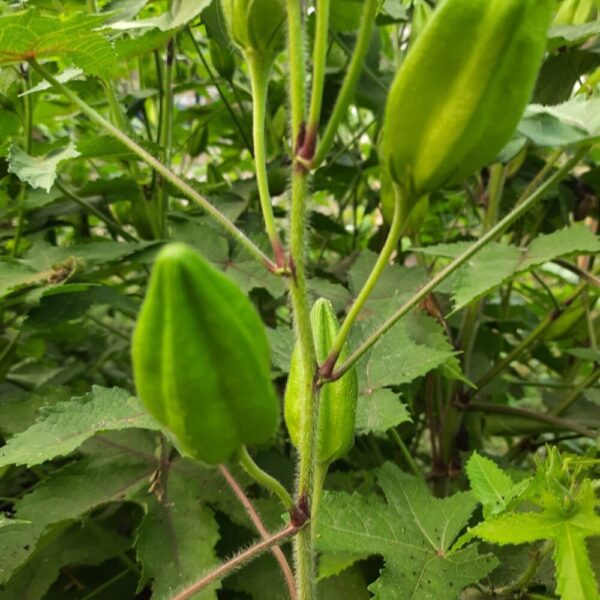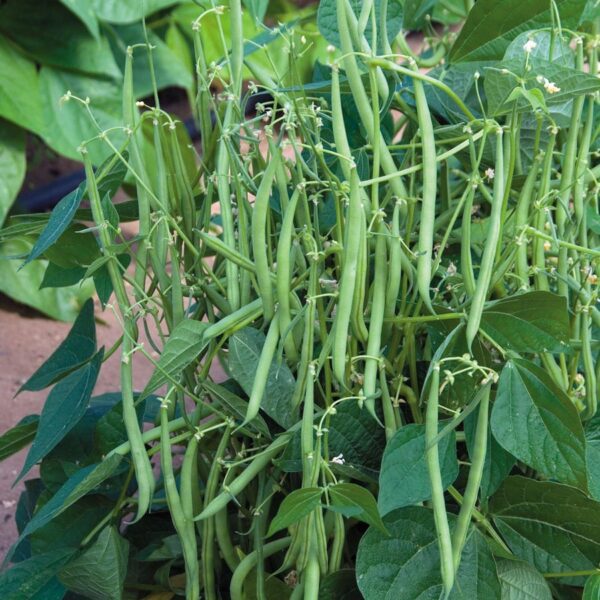Premium Alfalfa Seeds Online
Premium Alfalfa Seeds Online
Quantity: 50 grams
Ready to grow your own nutritious alfalfa sprouts or enrich your garden with a sustainable, organic cover crop? Order our premium alfalfa seeds today and experience the benefits of this highly versatile, low-maintenance plant. Perfect for both beginner and experienced gardeners, our organic alfalfa seeds will help you grow a healthier, more vibrant garden while promoting better soil health and reducing your reliance on synthetic fertilizers.
Premium Alfalfa Seeds Online
Click here to order your alfalfa seeds now and start your journey toward a more sustainable, nutrient-rich garden!
Buy Premium Alfalfa Seeds Online – Grow Nutritious, Organic Alfalfa Sprouts and Enhance Soil Health
Looking for a highly nutritious crop that’s easy to grow, promotes soil health, and supports sustainable gardening practices? Alfalfa (Medicago sativa) is a superfood that’s not only packed with protein, vitamins, and minerals, but it also offers a variety of environmental benefits, making it an essential plant for organic farming and home gardening. Whether you’re growing alfalfa sprouts for your kitchen, or planting it in your garden as a cover crop, our premium alfalfa seeds are perfect for healthy, chemical-free growth.
On this page, you’ll learn why alfalfa seeds are a must-have addition to your garden, how to grow them organically, and why our high-quality alfalfa seeds should be your go-to choice for a bountiful harvest.
Why Choose Alfalfa Seeds for Your Garden?
Alfalfa is one of the most nutritious plants you can grow, offering a wide range of benefits for gardeners and farmers alike. Here’s why alfalfa should be a part of your garden or farm:
- High Nutritional Value: Alfalfa is rich in vitamins A, C, E, K, and B-complex vitamins, as well as calcium, iron, and potassium. The Premium Alfalfa Seeds Online can be sprouted into alfalfa sprouts, which are a popular addition to salads, sandwiches, and other dishes.
- Soil Health Improvement: As a nitrogen-fixing legume, alfalfa helps enrich the soil, making it more fertile and reducing the need for chemical fertilizers. Its deep roots also improve soil structure by breaking up compacted soil and promoting better water drainage.
- Sustainable Gardening: Alfalfa can be grown as a cover crop or green manure to protect and enhance your soil while reducing erosion and weeds. It’s also a great companion plant for other crops, helping to create a more biodiverse and balanced ecosystem.
- Pest Repellent: Alfalfa’s strong root system and growth pattern can help deter pests and encourage healthier plants by reducing the need for harmful pesticides.
- Easily Grown in Small Spaces: Whether you’re gardening in a large backyard or on a small balcony, alfalfa seedsare easy to grow in containers, raised beds, or directly in the ground.
How to Grow Alfalfa Seeds Organically
Growing alfalfa from Premium Alfalfa Seeds Online is simple and can be done with minimal effort. Here’s a quick guide on how to grow alfalfa seeds organically for the best results:
1. Choose a Suitable Location
Alfalfa thrives in full sunlight and well-drained soil. Make sure your garden or growing space gets at least 6–8 hours of direct sunlight per day. Alfalfa is adaptable to various soil types but grows best in loamy soil with a pH of 6.0 to 7.0.
2. Prepare the Soil
To prepare the soil, till it lightly and add organic matter like compost or well-rotted manure. If planting alfalfa as a cover crop or green manure, work the soil deeply and ensure good drainage to avoid waterlogging.
3. Sow the Seeds
- Sowing Depth: For alfalfa sprouts, simply scatter the Premium Alfalfa Seeds Online on the soil surface and press them down lightly. They don’t need to be buried deep as they germinate quickly on the surface.
- Row Spacing: When planting alfalfa for hay or forage, sow the seeds in rows spaced about 12–18 inches apart. If planting as a cover crop, you can sow seeds more densely.
4. Watering
- Keep the soil moist but not waterlogged. Alfalfa seeds need consistent moisture to germinate, but they should not sit in water.
- Sprouting Alfalfa: If growing for sprouts, soak the seeds overnight in water, then drain and rinse them twice a day until they reach the desired length.
- Established Plants: Once alfalfa is established, it is drought-resistant and will require less water.
5. Care and Maintenance
- Fertilization: Alfalfa doesn’t require heavy fertilization because it is a nitrogen-fixing legume. It naturally enriches the soil as it grows, making it a perfect sustainable crop.
- Weeding: Keep the area free of weeds, especially during the early stages of growth. Use organic mulches to help with weed suppression.
6. Harvesting Alfalfa
- Alfalfa Sprouts: If growing for sprouts, harvest them once they reach about 2 inches long. Sprouts are usually ready in 5–7 days.
- Alfalfa for Hay: If you’re growing alfalfa for hay or forage, wait until the plants are around 10–12 inches tall and have formed flowering buds. Cut the plants during the pre-bloom stage to ensure maximum nutrition.
Why Buy Alfalfa Seeds from Us?
When you purchase alfalfa seeds from us, you’re getting top-quality, certified organic seeds that are specifically chosen for their germination rate, vitality, and ability to grow into strong, healthy plants. Here’s why our alfalfa seeds stand out:
- Non-GMO and Organic: Our alfalfa seeds are 100% organic and non-GMO, so you can rest assured that you’re growing a chemical-free crop.
- High Germination Rate: We offer premium alfalfa seeds with a high germination rate, ensuring that your plants grow strong and healthy.
- Sustainable Farming: Whether you’re looking to improve soil health with a cover crop or grow your own alfalfa sprouts, our Premium Alfalfa Seeds Online support sustainable, low-impact gardening practices.
- Suitable for All Garden Sizes: Whether you’re planting in a small container, raised bed, or large garden, alfalfa is easy to grow in any space, making it perfect for both small and large-scale gardening projects.
Order Your Premium Alfalfa Seeds Today!
Ready to grow your own nutritious alfalfa sprouts or enrich your garden with a sustainable, organic cover crop? Order our premium alfalfa seeds today and experience the benefits of this highly versatile, low-maintenance plant. Perfect for both beginner and experienced gardeners, our organic alfalfa seeds will help you grow a healthier, more vibrant garden while promoting better soil health and reducing your reliance on synthetic fertilizers.
Click here to order your alfalfa seeds now and start your journey toward a more sustainable, nutrient-rich garden!
Premium Alfalfa Seeds Online
| Weight | 50 g |
|---|







Reviews
There are no reviews yet.